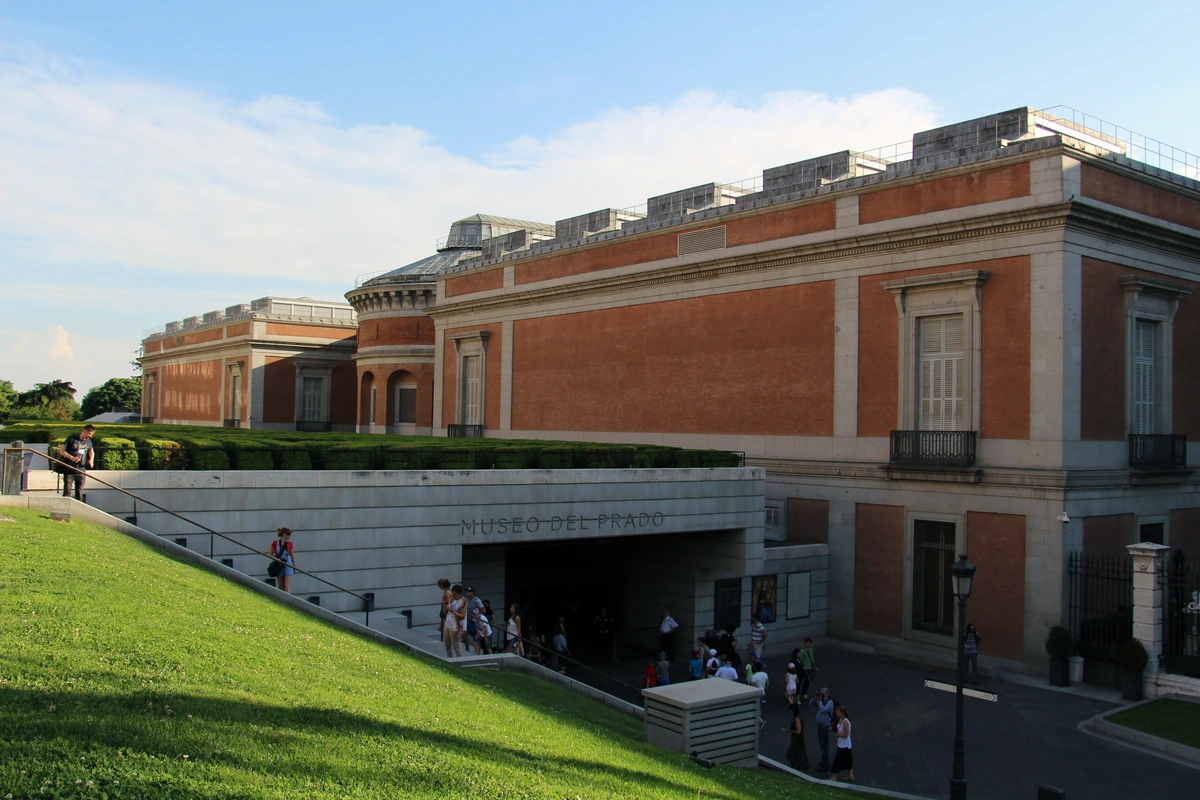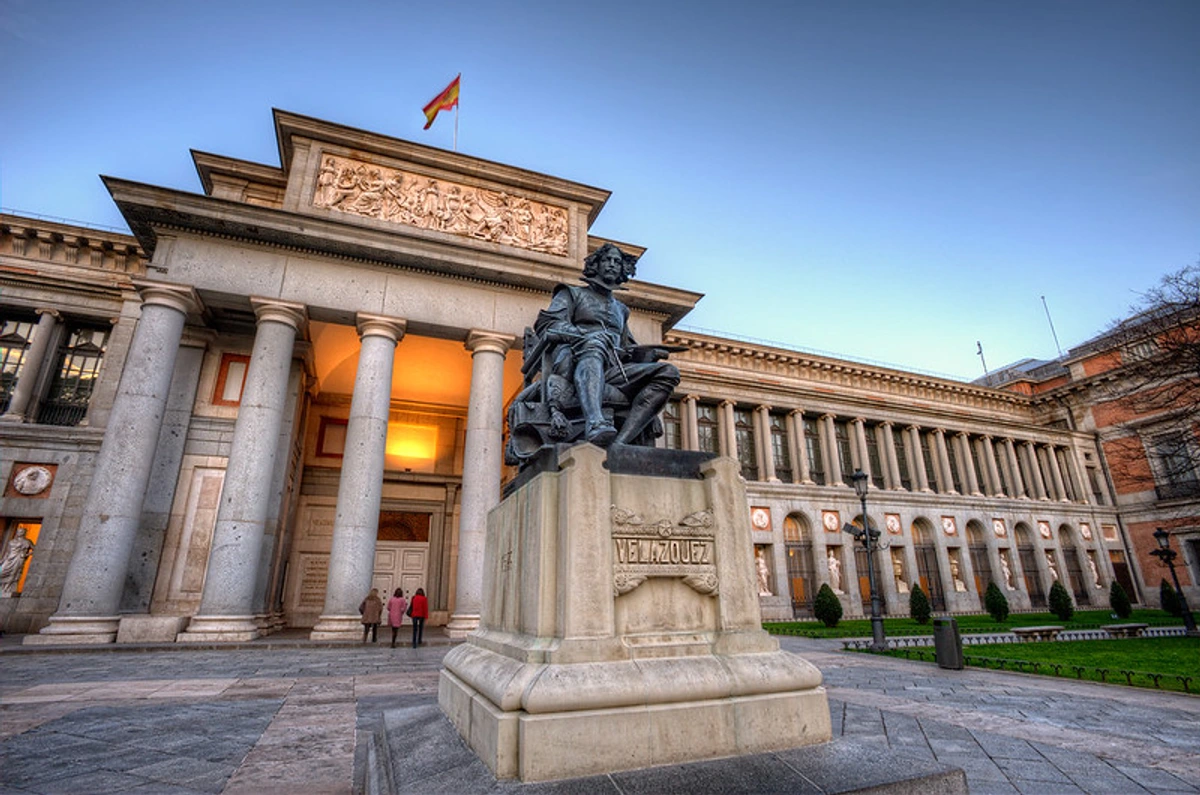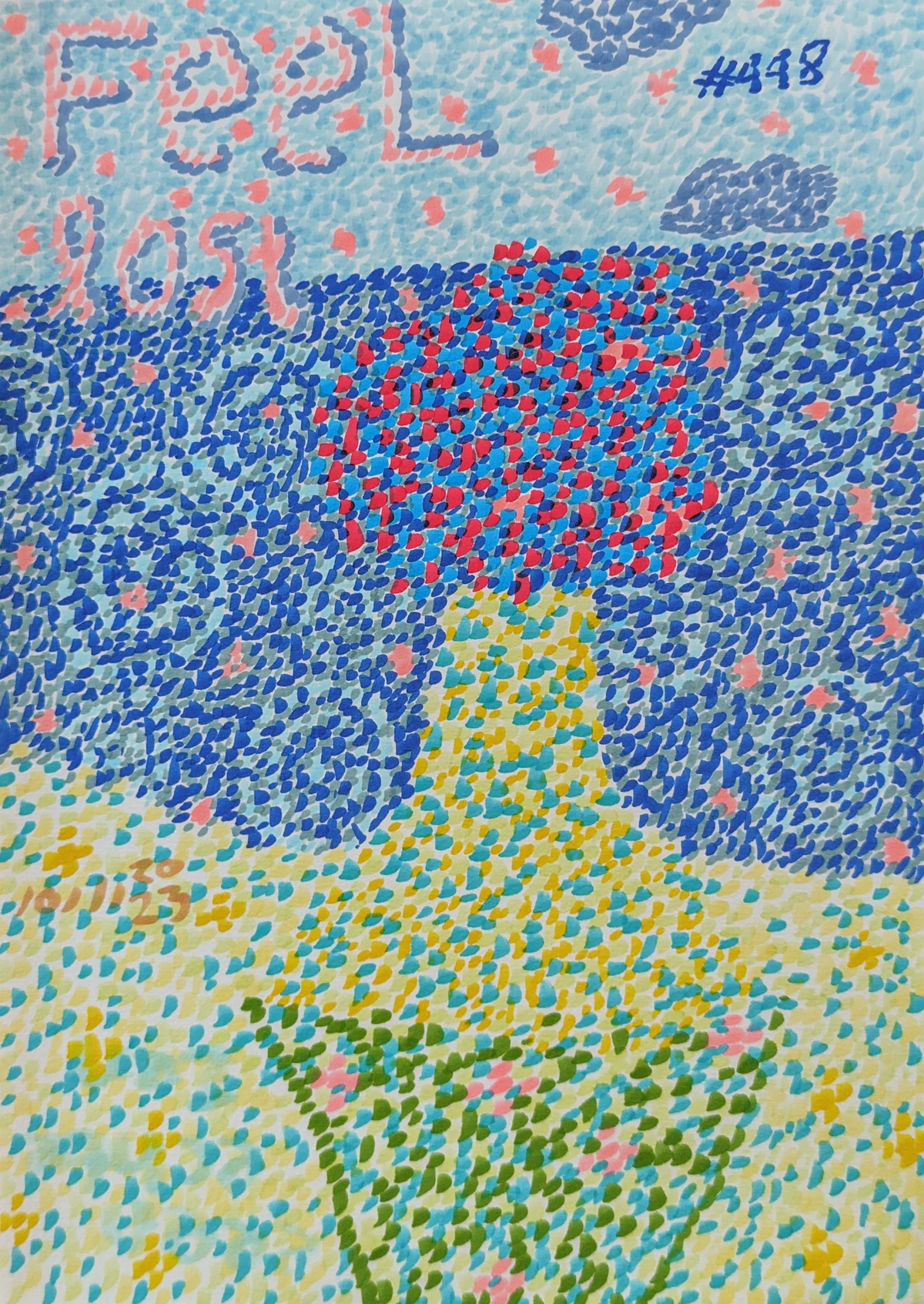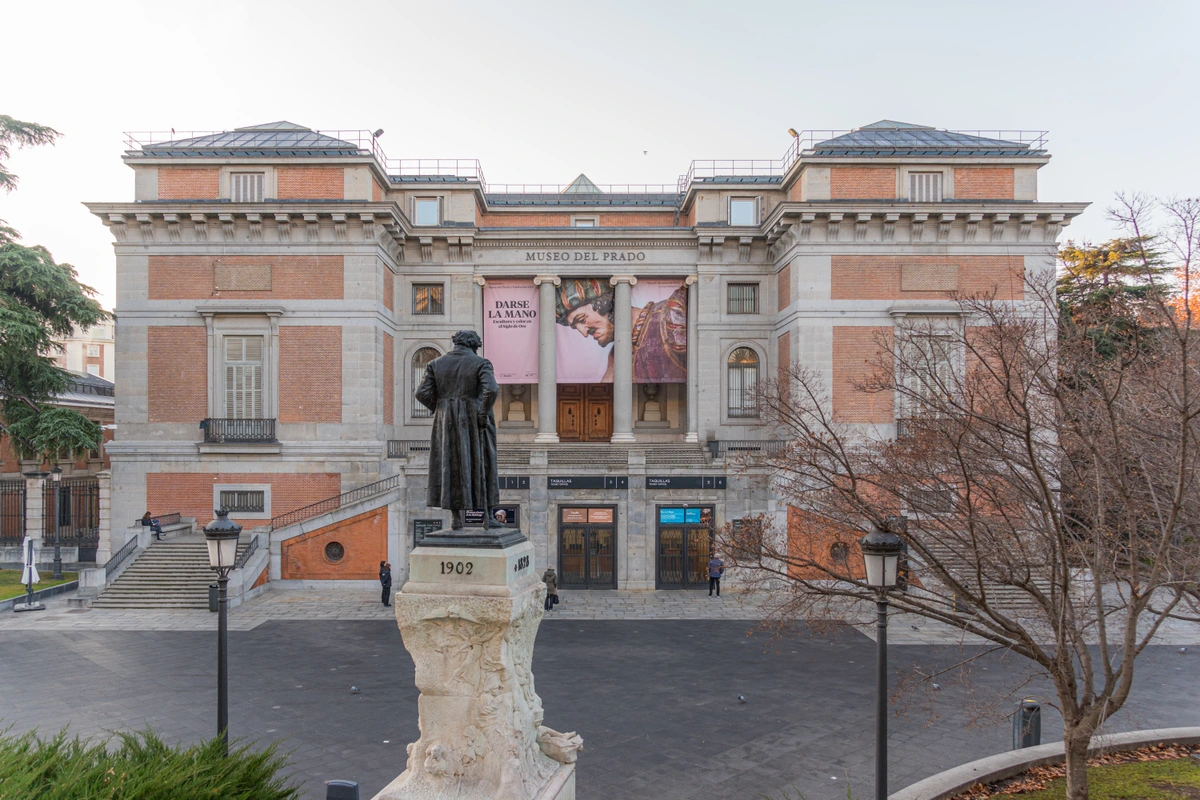Prado Museum Madrid: Your Essential First-Timer's Guide to Art & Tips
Conquer Madrid's iconic Prado Museum with this personal, hard-earned guide. Get insider tips on tickets, timing, must-see masterpieces, and practical advice for an unforgettable art experience.








